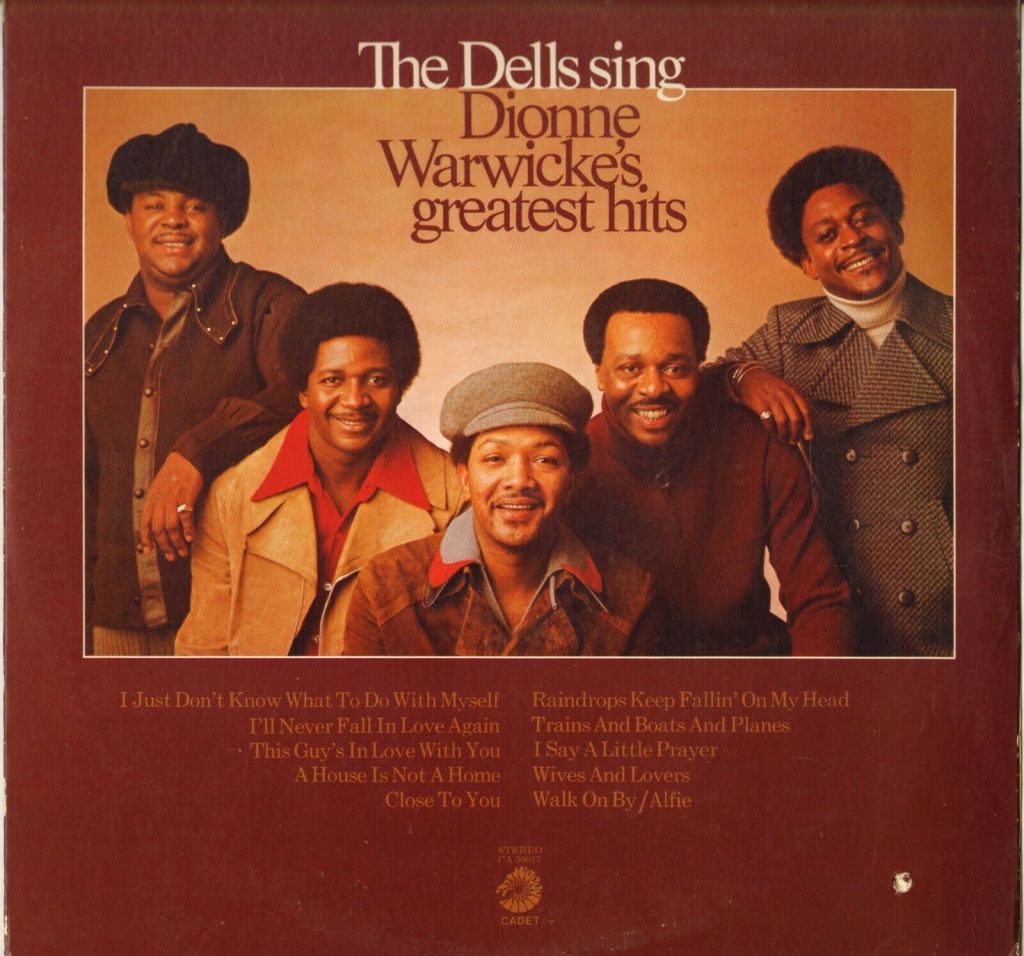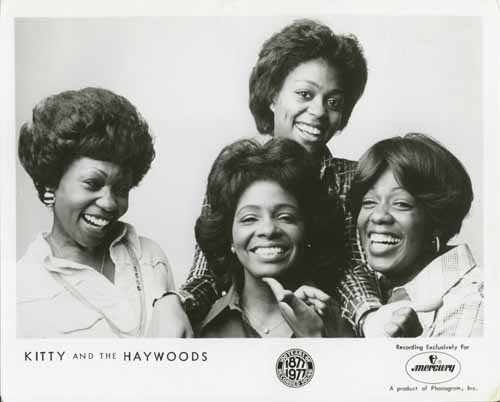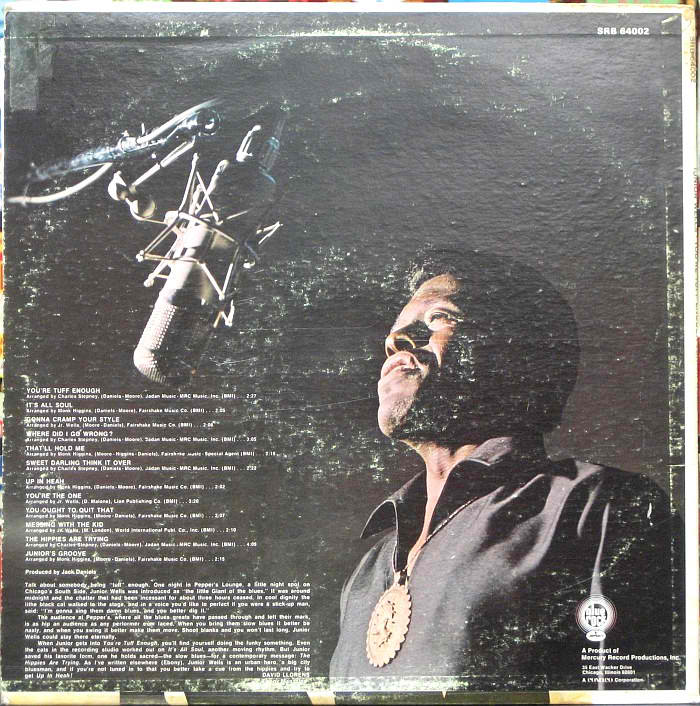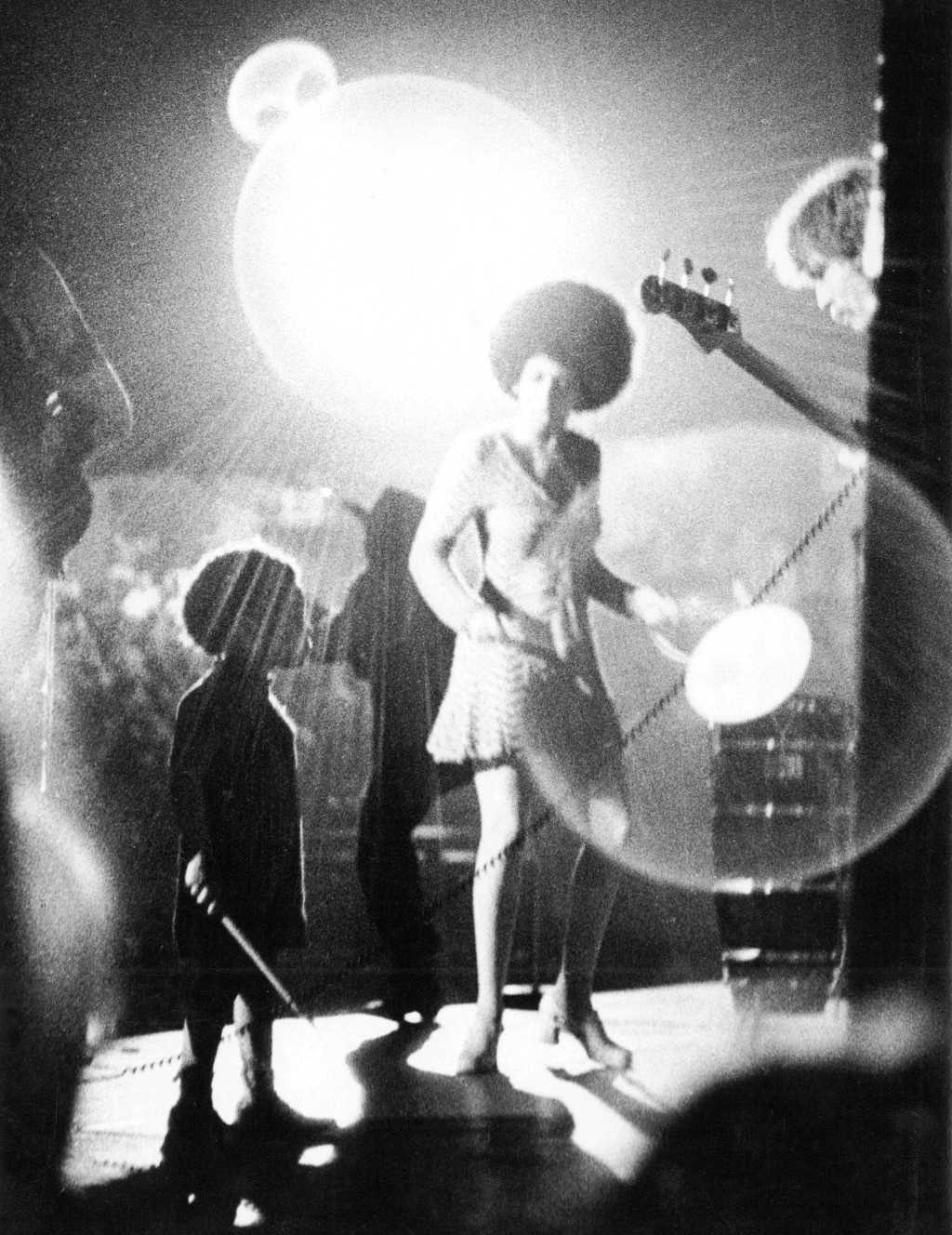Charles Stepney
-
Charles Stepney in Full Flower
Ayana Contreras Recorded January 26, 1972 at RCA Studios in Chicago, The Dells sing Dionne Warwicke’s Greatest Hits is an album that features nearly a dozen of Charles Stepney’s magical reimaginings of Burt Bacharach/Hal David compositions. On the as-released version of the album, idiosyncratic Dells baritone Marvin Junior growls pleasingly (in concert with the rest…
-
Kitty & the Haywoods: a slice of Chicago Sister Funk.
The Emotions were not the only sister group to come out of Chicago. It was all in the family for Kitty and the Haywoods, as well (although they actually consisted of three sisters and a niece). Before Kitty and the Haywoods’ self-titled debut album, Kitty had a long recording history as a background vocalist for…
-
Ramsey Lewis and Earth, Wind, & Fire: sun goddess…an exercise of local royalty.
In 1974, Earth, Wind, & Fire was beginning its ascent to “Shining Star”-dom: “That’s The Way of the World” had not yet been released, but “Head to the Sky” and “Devotion” had already made them radio favorites. Maurice White, the lead vocalist on so many of EWF’s cuts (and a beastly drummer) returns the favor…
-
Monk Higgins: The Look of Love
An early Charles Stepney arrangement (who later worked with The Dells, Rotary Connection, and Earth, Wind, & Fire, among others), this record rumbles and slinks along with soul. I love how the chunky electric keys interplay with the swirling strings, and Monk’s swinging saxophone. Monk Higgins was born Milton Bland in Arkansas. He was already a staple…
-
The Mighty Mighty Dells: i miss you.
I love the Dells. Formed in 1952, their career is simply epic. But my favorite period for them was ushered in with Charles Stepney. Unfortunately, as Chess Records (their label from the mid-sixties till the mid-seventies) crumbled, their hits (which include “There Is”, “Stay in my Corner”, “The Love We Had Stays on My Mind”,…
-
You’re Tuff Enough: junior wells’ new breed blues
The title cut off this 1968 album is a bluesy monster produced by Charles Stepney with more than enough groove to stay squarely in the pocket. Also on this album is the local hit “Up in Heah”, another blues-infused party track. Both of the records will make sceptics rethink the blues. According to the back…
-
Hip Chicago Jazz with Soul!
Darkjive has been on Summer Vacation, but always digging deeper… I’ve been really into swinging sixties jazz from Chicago, like “Coming to Atlantis” a hip mover produced by Monk Higgins and credited to Freddie “The Creeper” Robinson (on Lead Guitar). The Flip of this 45, called “Before Six” is wonderful, as well. During the late 1960’s, there…
-
Dancing Girl – Terry Callier. Windy City Mellow.
I remember where I was when I first heard this: the local round-the-way record store. The carpet was checkered with the maytag logo in bittersweet on brown (harkening back to the store’s past life). There we stood in a communal experience that began with the shop owner saying, “You’ve got to hear this record”. We…





